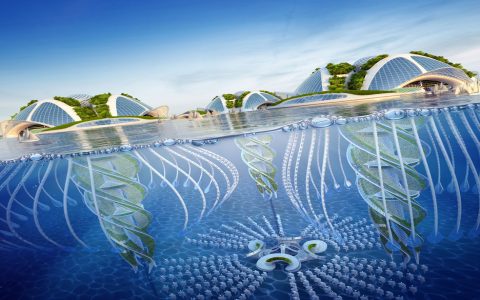Understand the Basics of Underwater Architecture
Designing underwater structures requires managing water pressure, buoyancy, corrosion, and marine life impacts. Beginners should start with small-scale models using readily available materials to grasp core principles without complex resources.
Key Considerations Before Starting
Focus on environmental factors like depth and water chemistry to ensure safety. Materials must resist high pressure and decay; opt for reinforced concrete or stainless steel in prototypes. Avoid real immersion until mastering model testing.
Simple Steps to Try Today
- Research and Sketch: Analyze water conditions online or in pools; draft a simple concept like a column or dome on paper to visualize load distribution.
- Select Materials: Use affordable options such as waterproof concrete for strength or plastic for lightweight models in controlled tests.
- Build a Mini Model: Assemble your design in a bathtub or large container, checking for leaks and stability under simulated pressure.
- Test and Refine: Observe buoyancy and stress points; modify the design based on failures to improve resilience for future projects.
Professional Tips for Progression
Scale up to advanced modeling software as skills grow, and consult engineering guidelines for structural integrity. Always prioritize safety by involving experts before real-world applications.







